Why I Bought It: Wyler Vetta Beaux Arts Triple Calendar Moonphase Chronograph, a Blast from the Past
The heart wants what the heart wants. This can be especially true for those of us who suffer from “the fever.” Those whose somnambulant yearnings tend not towards multi-million-dollar villas on the French Riviera, sleek yachts large enough to accommodate the populace of most small towns, private jets or even rare, exotic hypercars capable of quadrupling the speed limit. No. I’m talkin’ luxury wristwatches!
Where I once dreamed blissfully of the actress Nastassja Kinski occupying the passenger seat beside me in a jet-black, 1982 Lamborghini Countach – a Burmese python coiled seductively around her naked form – my nocturnal reverie is now filled with the cream of the haute horlogerie crop: Lang & Heyne, Chronometrie Ferdinand Berthoud, Greubel Forsey, Philippe Dufour.
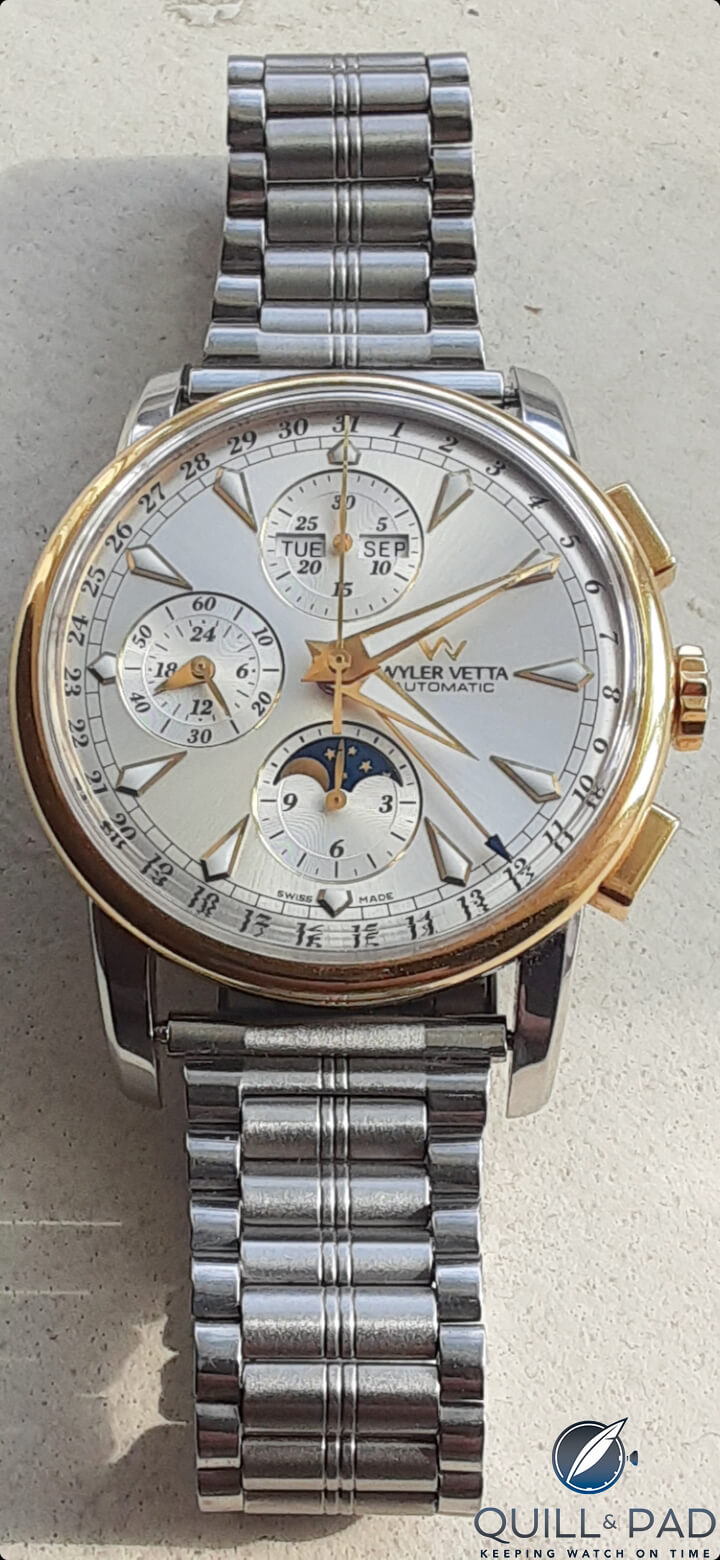
Wyler Vetta Beaux Arts Triple Calendar Moonphase Chronograph (photo courtesy Quentin R. Bufogle)
As a collector of fine luxury wristwatches, I’d like to tell you how I’ve evolved. How I can no longer be seduced merely by a stunning dial or the fluid lines of a sensuous case design. I’d like you to swallow the baloney I’m peddling: that at this point in my journey, an elegant in-house movement with mile-wide anglage that chimes the entire Beatles catalog – one from a storied mansion that boasts centuries of pedigree – is as beguiling, as that one-off piece that for no good reason, inexplicably captures my heart.
————————————————————————————————————–
—————————————————————————————————–
C’mon, you know the feeling! A watch that plants itself dead center of the bullseye. ou couldn’t design such a piece if given the opportunity – yet you know it instantly when you see it. A piece that flies in the face of all the basic “must haves” you’ve come to expect as a mature, knowledgeable collector. Suddenly, that checklist to which you’ve assiduously adhered — as if handed down from Sinai on tablets of stone — goes right out the window.
No longer are the more elevated hemispheres of your brain calling the shots; your inner “reptile brain” is now squarely in charge. That tiny, walnut-size bundle of neurons that responds only to the most basic, primeval of stimuli. Recently, I’ve fallen under the spell of such a watch. A 2010 Wyler Vetta Beaux Arts Triple Calendar Moonphase Chronograph.
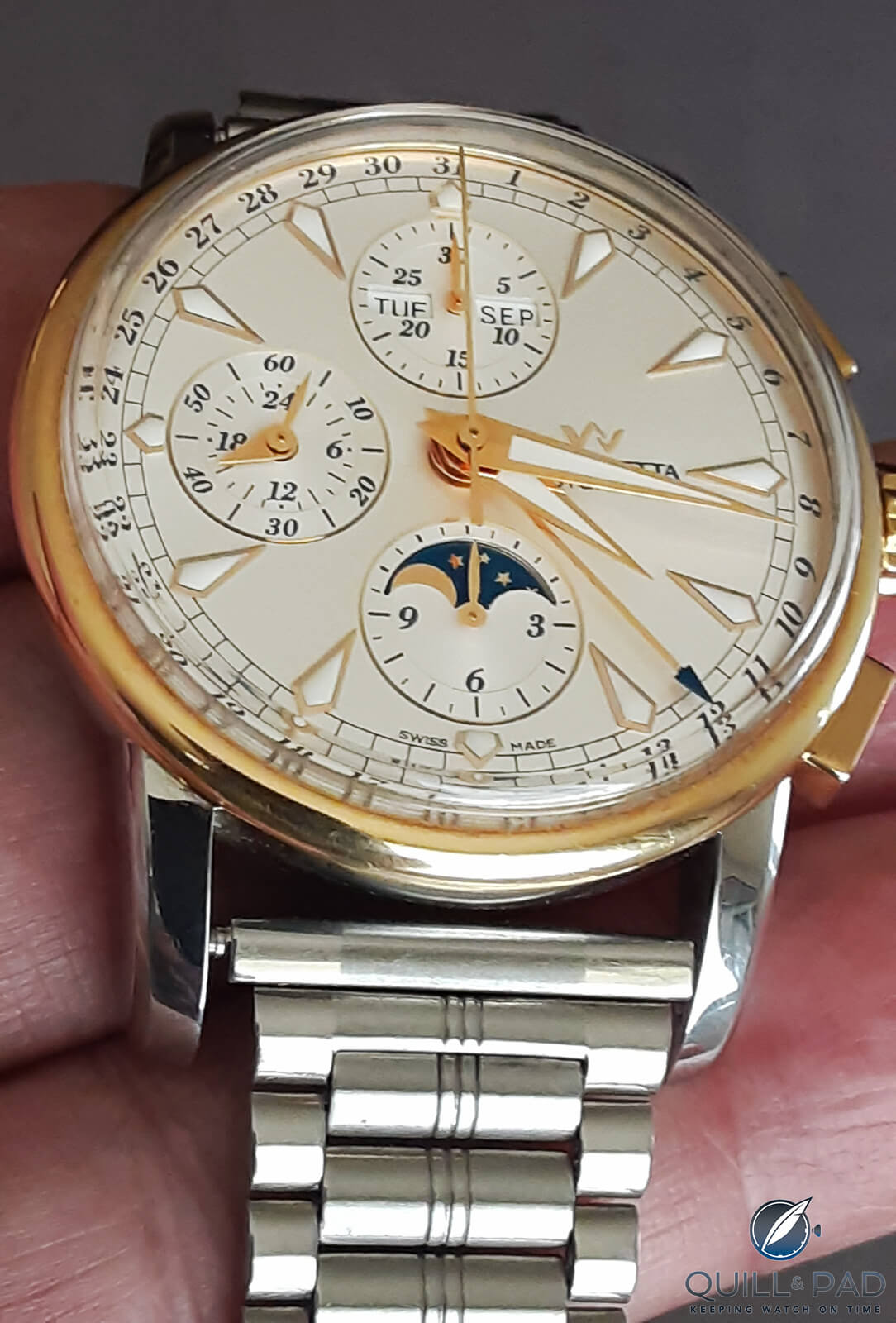
Wyler Vetta Beaux Arts Triple Calendar Moonphase Chronograph (photo courtesy Quentin R. Bufogle)
Allow me to explain
Let me begin by saying that I’d sworn off the Valjoux 7750 – at least I’d thought so. As a collector whose interest tends more toward technically sophisticated column wheel vertical clutch chronos, I’d felt I’d already earned my merit badge. My earliest acquisitions had all been powered by that venerable, workhorse of an engine. Fancying myself something of a connoisseur, I felt it was time to move on to more elegant, impressive iterations of “The King of Complications.”
To be sure, there’s nothing wrong with the Valjoux 7750. I’d swap that reliable, old calibre for any – and I mean ANY – modular chronograph movement ever produced. I may draw some fire for this; but slapping a Dubois-Depraz module on top of a base movement – regardless of how high the horlogerie — just isn’t my idea of elegant watchmaking. There’s a reason why those intrepid souls over at Zenith sweated blood in turning out the El Primero.
Yes, I know, Parmigiani, Ulysse Nardin, Girard Perregaux and even the folks at Glashutte Original all do it. To each, his own.
—————————————————————————————————–
—————————————————————————————————–
But the Valjoux 7750 is more than just a bona fide, fully integrated chronograph movement. The argument can – and has – been made, that in its own low-key way, the Val 7750 is as significant in the annals of horology as the El Primero. There are those who would argue that Edmond Capt’s relatively inexpensive, tank-tough, indefatigably reliable automatic chronograph engine – one that’s also easy to service – was in no small part responsible for the revival of the mechanical watch industry in the early ‘80s.
That said, why add yet another 7750 (7751 to be precise) powered chrono to the collection?
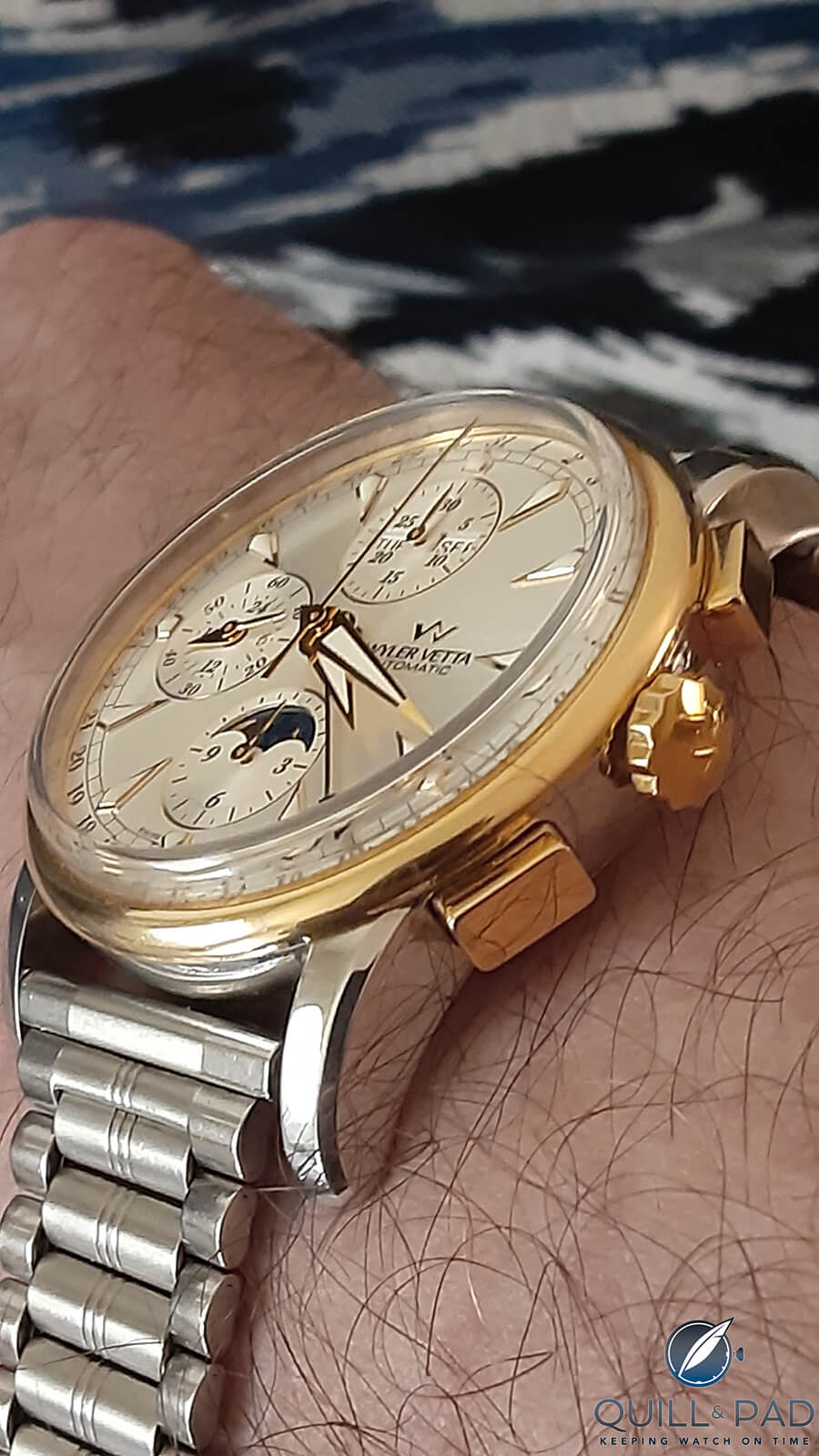
Wyler Vetta Beaux Arts Triple Calendar Moonphase Chronograph (photo courtesy Quentin R. Bufogle)
Wyler Vetta History
The brand Wyler Vetta today is the product of a collaboration between two distinctly different watchmakers: one Italian, one Swiss. In 1906, Innocente Binda opened a watch shop in the small town of Bezosso, located in the Lombardy region of Northern Italy. The modest establishment on the shores of Lake Maggiore soon proved to be a huge success – largely due to Binda’s keen entrepreneurial skills.
Relocating to Milan, Binda expanded his thriving business; forming an alliance with Swiss born watchmaker Paul Wyler – inventor of the revolutionary, highly shock-resistant “Incaflex” balance spring. Wyler famously demonstrated the effectiveness of his new, shock-resistant balance spring by tossing two of his watches off the top of the Eiffel Tower. Spectators below were able to confirm both watches survived the 300-meter (nearly one-thousand-foot) fall intact and in perfect working condition.
The collaboration between the brash, fiery Italian and the pioneering Swiss watchmaker proved to be a marriage made in heaven. In the early 1930s, Wyler’s elegant “Vetta” (Italian for “peak” or “summit”) line of timepieces was established. The rest, as they say, is history.
—————————————————————————————————–
—————————————————————————————————–
Italian flair in a Swiss Made watch
The Wyler Vetta Beaux Arts collection’s design language is firmly rooted in its Italian origins. Love it or hate it, one glance will confirm you’re in the presence of something decidedly different.
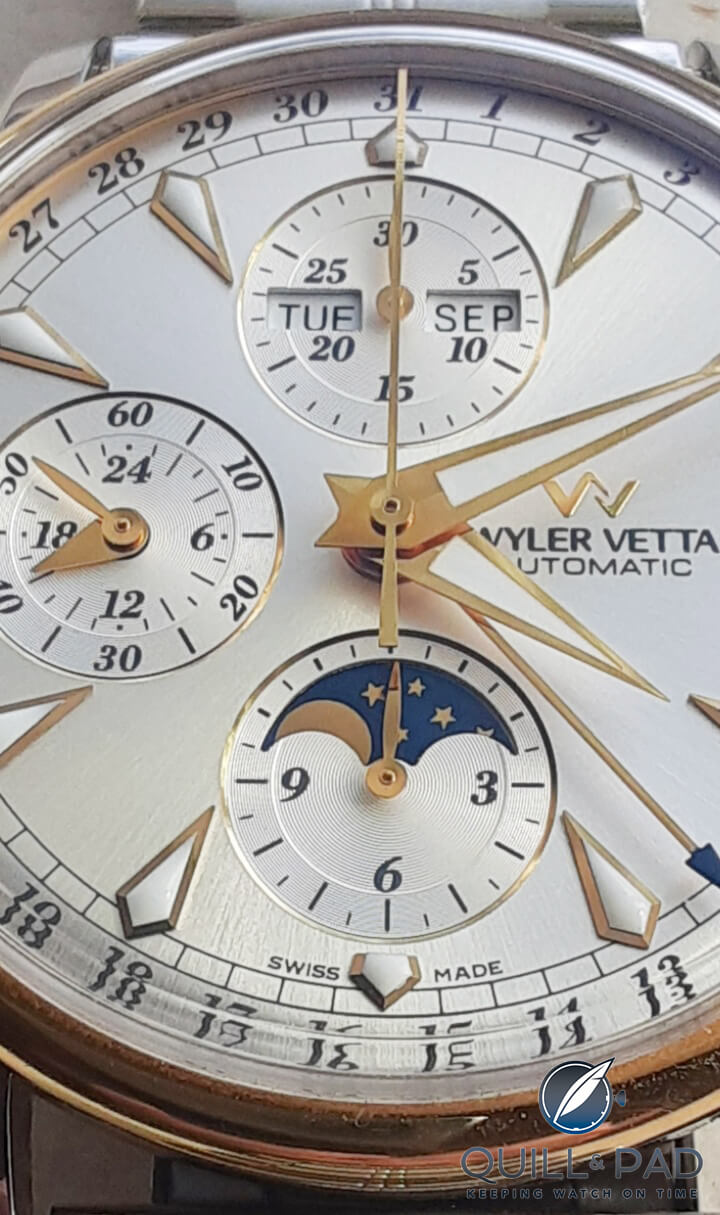
Dial of the Wyler Vetta Beaux Arts Triple Calendar Moonphase Chronograph (photo courtesy Quentin R. Bufogle)
Those boldly unique, heavily lumed applique hour markers – so difficult to characterize. Like the perfectly forged, sharply angled tip of a Roman spear, or perhaps the crystalized tears of an Italian maiden, flash-frozen to capture their symmetrical, diamond-like beauty – they dominate the stunning sunburst silver dial along with broad, dagger-like dauphine hands.
Not some passive, understated timepiece that flies demurely under the radar, this Italian beauty demands attention – and gets it!
The sub-dials at 6, 9 & 12 o’clock offer a smorgasbord of functions: chronograph minutes with day & month windows; constant seconds inlaid with 24-hour GMT dial; moonphase with chronograph hours. An elegant pointer hand tracks the date on the slightly downward-sloped outer ring of the dial. All this is nicely balanced by the printed brand name and gold Wyler Vetta applique logo at 3 o’clock (a “W” & “V” cleverly arranged to resemble the summit of a mountain).
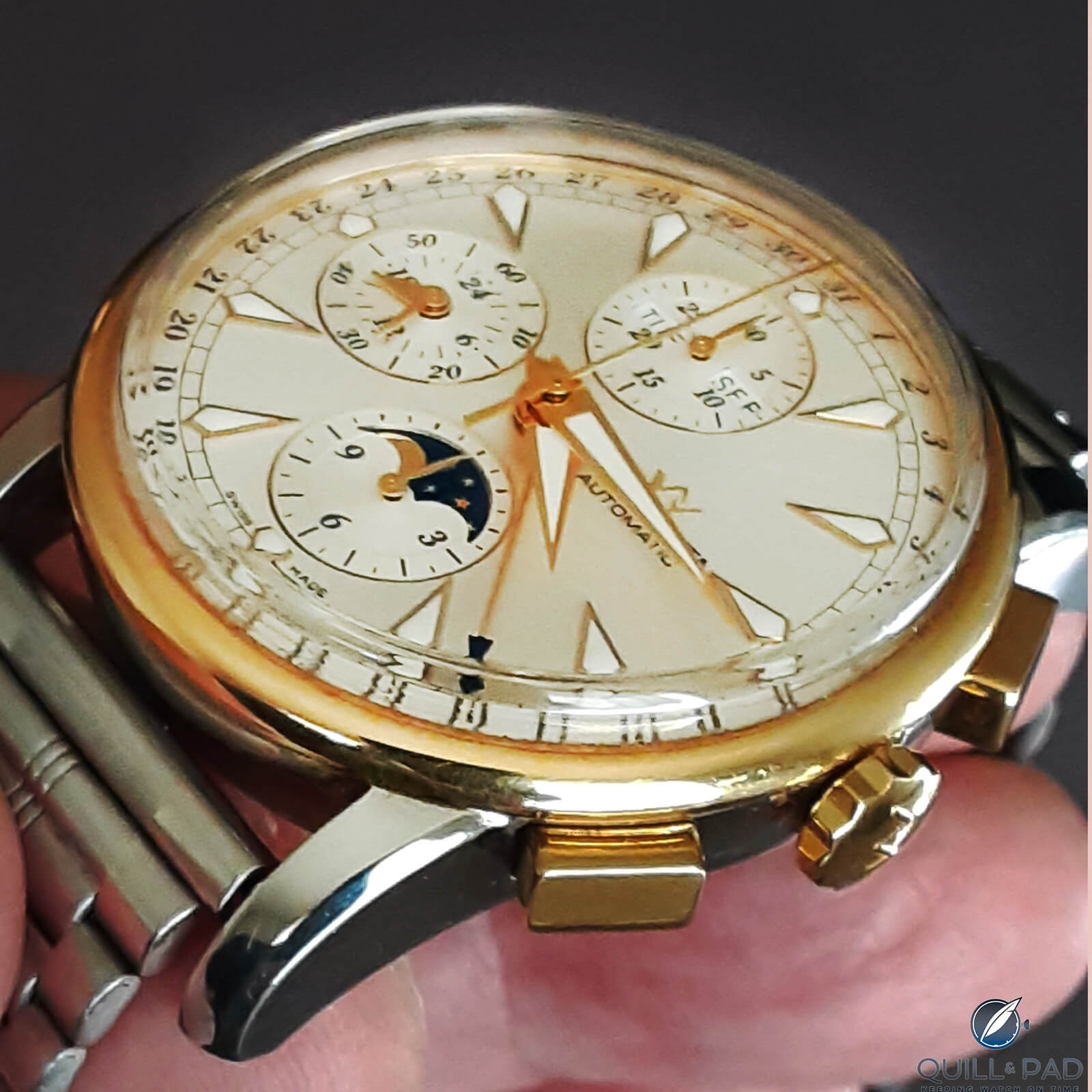
Wyler Vetta Beaux Arts Triple Calendar Moonphase Chronograph (photo courtesy Quentin R. Bufogle)
The 40 mm 18 karat gold and stainless steel case appears deceptively slim at a height of 14 mm – a portion of which can be attributed to the impressively tall box style sapphire crystal. The high polished case has slightly rounded conical flanks with long, broadly spaced, dramatically broken out lugs with a sharp, almost talon-like downward sweep.
The thin, cambered bezel, broad, flat screw down crown and rectangular chronograph pushers are all in 18 karat gold (there was also a solid gold version available as well). Originally issued with a genuine tego lizard strap and sporting a high polished, single-fold twin trigger deployant clasp, this 2010 reference has all the earmarks of a high-end offering from a once prominent brand. One that having weathered many a storm, was once again on the rebound.
Though a long time coming, this stunning chronograph has found its mark. Better late than never.
For more information, please visit https://wylervetta.com/en/
Quick facts: Wyler Vetta Beaux Arts Triple Calendar Moonphase Chronograph
Reference: 8116770014
Case: 40 mm x 14 mm; 21 mm lug width. Stainless steel & 18 karat gold, polished. Solid caseback, Screw-down crown.
Movement: Valjoux 7751 automatic winding, 25 jewels, 28,800 vph/4Hz, quickset date, hacking. Cam actuated, lateral clutch, 48 hrs. power reserve
Complications: Chronograph, triple calendar, moonphase, GMT
Crystal: Box sapphire
Bracelet/strap: Tegu lizard, semi-gloss finish with monotone stitch. Stainless steel, polished single-fold twin trigger deployant clasp.
Water-resistant: 100 meters
Original retail price: $5,500 (approx.), no longer in production
You might also enjoy:
Why I Bought It: Rolex Air-King “Bloodhound” Ref. 116900
Why I Bought It: The Zenith Chronomaster Tribute To Charles Vermot
Seiko Credor Kumakawa Worldtimer: a genuine Rolex beater for under $2,000
Leave a Reply
Want to join the discussion?Feel free to contribute!

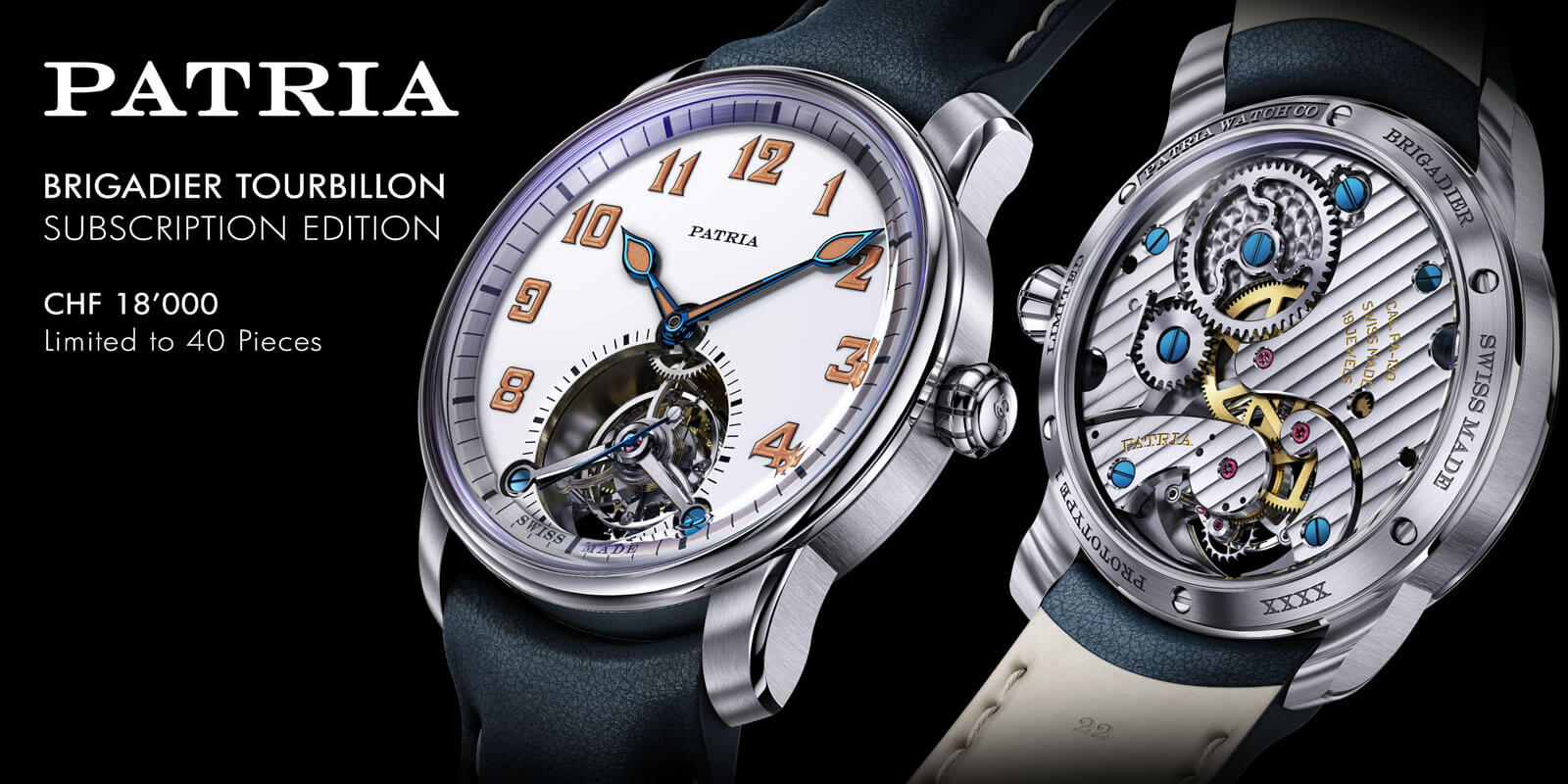
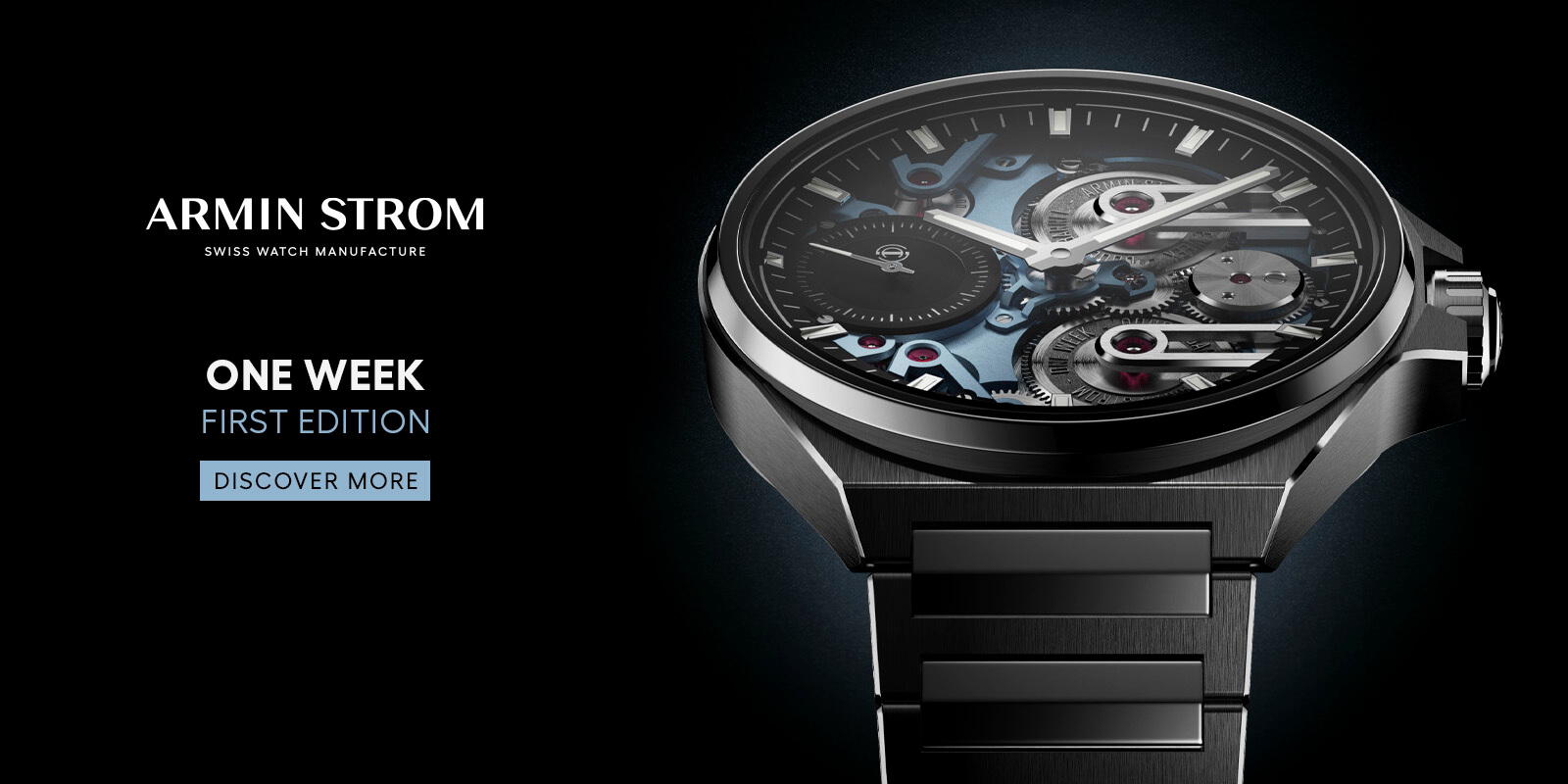
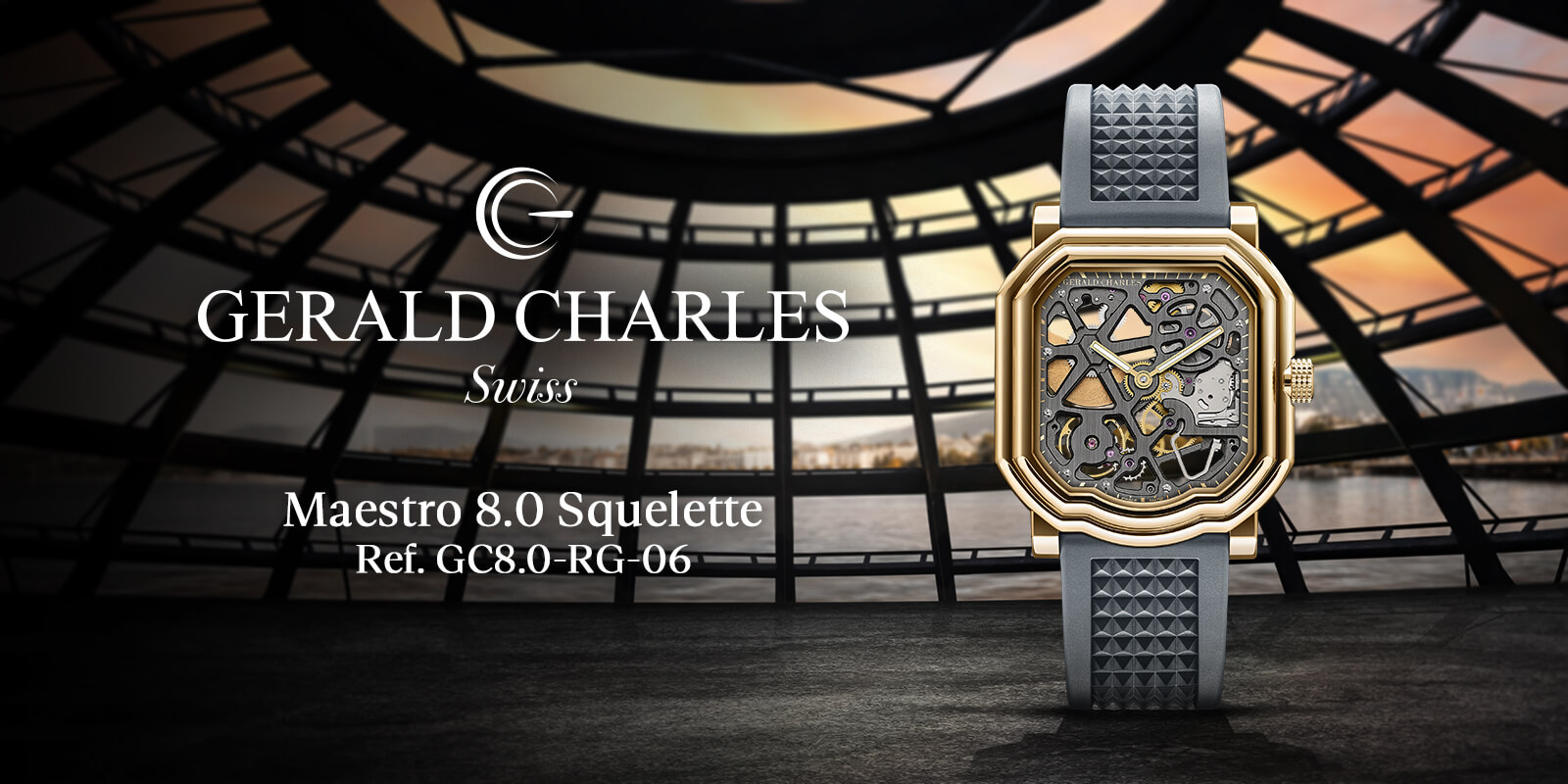


Ah, dude…. That’s clearly a 7751 not a 7750…. Big diff
Dude, you’ve missed the entire point of my story — at least insofar as it relates to the Val 7750. And I couldn’t disagree with you more. Whether a 7751 or 7753, etc, changing the sub-dial configuration or adding a couple complications to a 7750 — same jewel count, same power reserve, same vph — doesn’t make for a “BIG” difference in any meaningful sense (not when you compare it to what else is out there). Valjoux 7750 v. Breguet 589F — now that’s a “BIG” diff, dude. You’re missin’ the forest for the trees.
Your quick facts say movement is 7750, as did the article . 7751 is a *very* different movement. You lose credibility maintaining the error. Say what you mean and mean what you say. Just trying to help. Sorry my light hearted address distracted you from what matters. Good luck.
Thank you for pointing out the error, I have corrected the quick facts and text. On re-reading thearticle, I thought that Quentin was correct in referring to the Valjoux 7750 generically, but agree with you that the technical details at the bottom should have (and now do) read 7751.
Regards, Ian
When an authors response to a technical error begins with ” Dude” , I will say our standards have been lowered once again.
If you’d bothered to read the initial comment I was responding to, you might’ve realized It was the reader who referred to me as “dude” — I was merely parroting him by way of response.
Could not agree more.